- Have any questions?
- +86-189 8930 5995
- sales@mosinterchem.com.cn
Cediranib CAS 288383-20-0

Nilotinib CAS 641571-10-0
19/12/2018
Tretinoin CAS 302-79-4
20/12/2018| Model: | MOS 288383-20-0 |
| Place of Origin: | Sichuan,China (Mainland) |
| Brand: | MOSINTER |
| Appearance: | Yellowish crystalline powder |
| Formula: | C25H27FN4O3 |
| Mol. mass: | 450.505 g/mol |
| Boiling point: | 626.557°C at 760 mmHg |
| Density: | 1.286g/cm |
| Vapour pressure: | 0mmHg at 25°C |
| Flash(ing) point: | 332.73°C |
| Alias: | Cediranib |
Cediranib (CAS: 288383-20-0)
| Item | Index |
| Molecular Formula | C25H27FN4O3 |
| Molecular Weight | 450.51 |
| Specification | CP/USP/EP |
| Content | ≥98.0% |
Appearance
Cediranib is a yellowish crystalline powder.
Properties
Cediranib is a potent inhibitor of vascular endothelial growth factor (VEGF) receptor tyrosine kinases.
The drug is being developed by AstraZeneca as a possible anti-cancer chemotherapeutic agent for oral administration.
Beginning in 2007, it underwent Phase I clinical trials for the treatment of non-small cell lung cancer, kidney cancer, and colorectal cancer in adults, as well as tumors of the central nervous system in children. Phase I trials of interactions with other medicine used in cancer treatment were also undertaken.
On February 27, 2008, AstraZeneca announced that the use of Cediranib in non-small cell lung cancer will not progress into phase III after failing to meet its main goal. On 8 March 2010, AstraZeneca issued a press-release stating that Cediranib had failed Phase III clinical trials for use in first-line metastatic colorectal cancer when it was compared clinically with the market-leader bevacizumab. As of November 2012, it was being assessed in double-blind studies for the treatment of methylated Glioblastoma Multiforme at the University of Washington Medical Center at a 20 mg daily dose.
Combination Trials
Findings from a federally funded, NCI-sponsored phase II clinical trial presented at the 50th Annual Meeting of the American Society of Clinical Oncology (May 30 – June 3, 2014, Chicago, Ill; Abstract No: LBA5500), show that the combination of two investigational oral medicine, olaparib (AZD-2281; AstraZeneca) , a potential first-in-class poly ADP ribose polymerase or PARP inhibitor and cediranib, an anti-angiogenesis drug, is significantly more active against recurrent, platinum chemotherapy-sensitive disease or ovarian cancer related to mutations in BRCA genes than olaparib alone.
Hazards Identification
Adverse Effects: Adverse effects of vaginal application may include vaginal burning, itching,
discharge or other irritation;abdominal cramps or pain; and headache. Possible allergic
reaction to material if inhaled, ingested or in contact with skin.
Overdose Effects: n/f
Acute: Possible eye, skin, gastrointestinal and/or respiratory tract irritation.
Chronic: Possible hypersensitization.
Inhalation: May cause irritation. Remove to fresh air.
Eye: May cause irritation. Flush with copious quantities of water.
Skin: May cause irritation. Flush with copious quantities of water.
Ingestion: May cause irritation. Flush out mouth with water.
Medical Conditions Aggravated by Exposure: Hypersensitivity to material.
Cross Sensitivity: Persons sensitive to azole antifungal agents may be sensitive to this material
also.
Pregnancy Comments: Adequate and well-controlled pregnancy studies in humans have not
been done. In studies in rats, adverse effects on fetal development and delivery were observed
during local and systemic use.
You must be logged in to post a review.

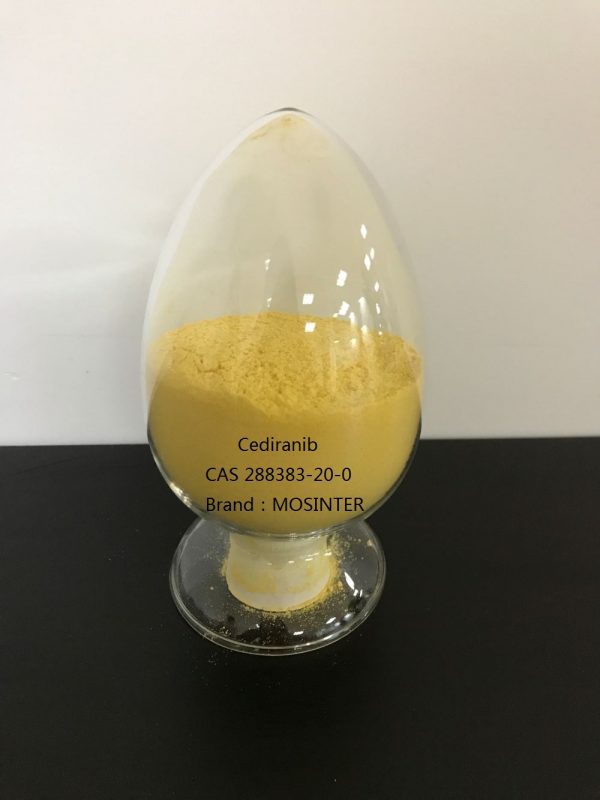
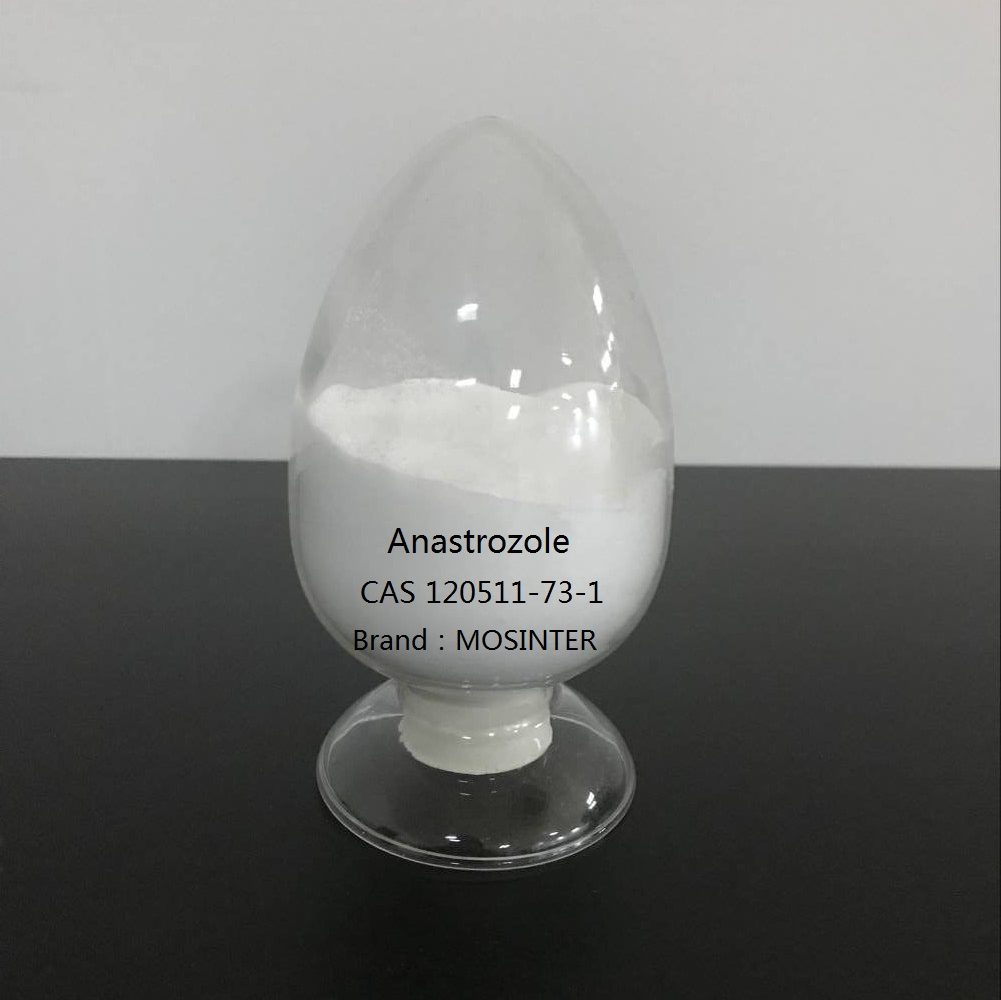
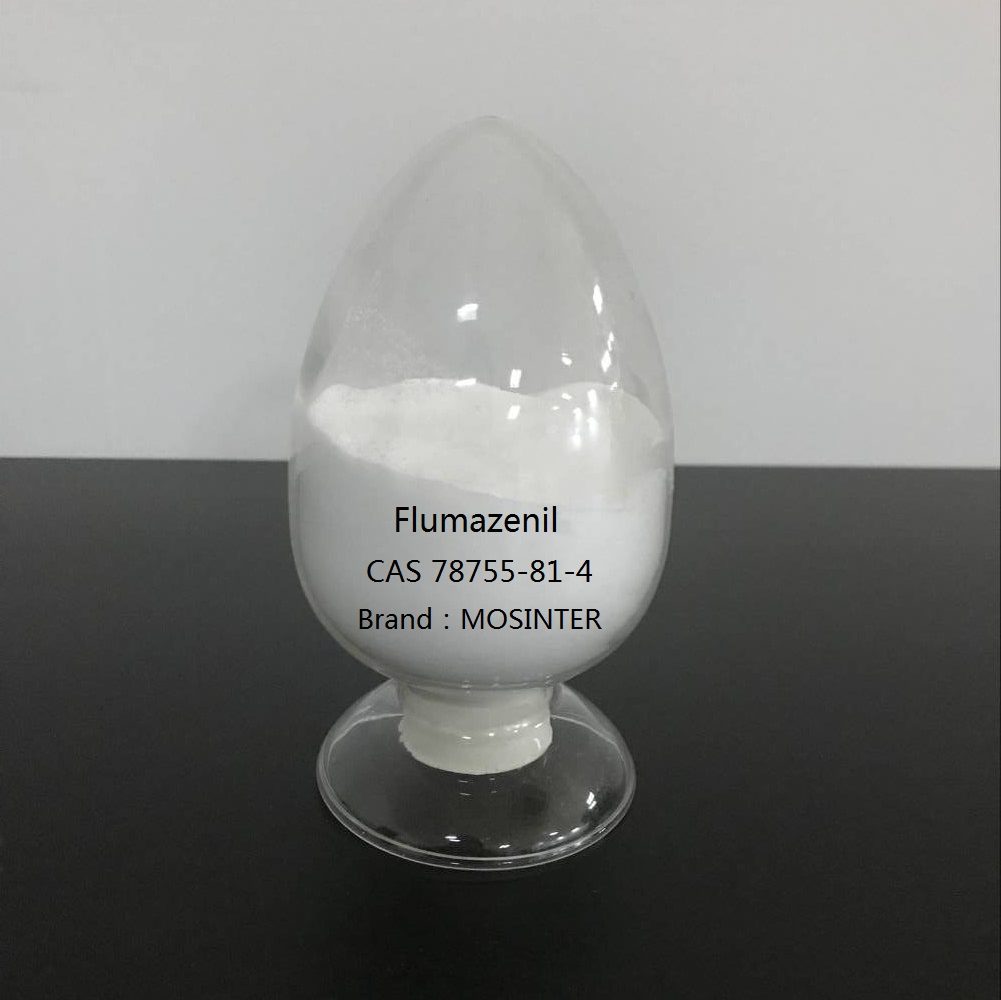
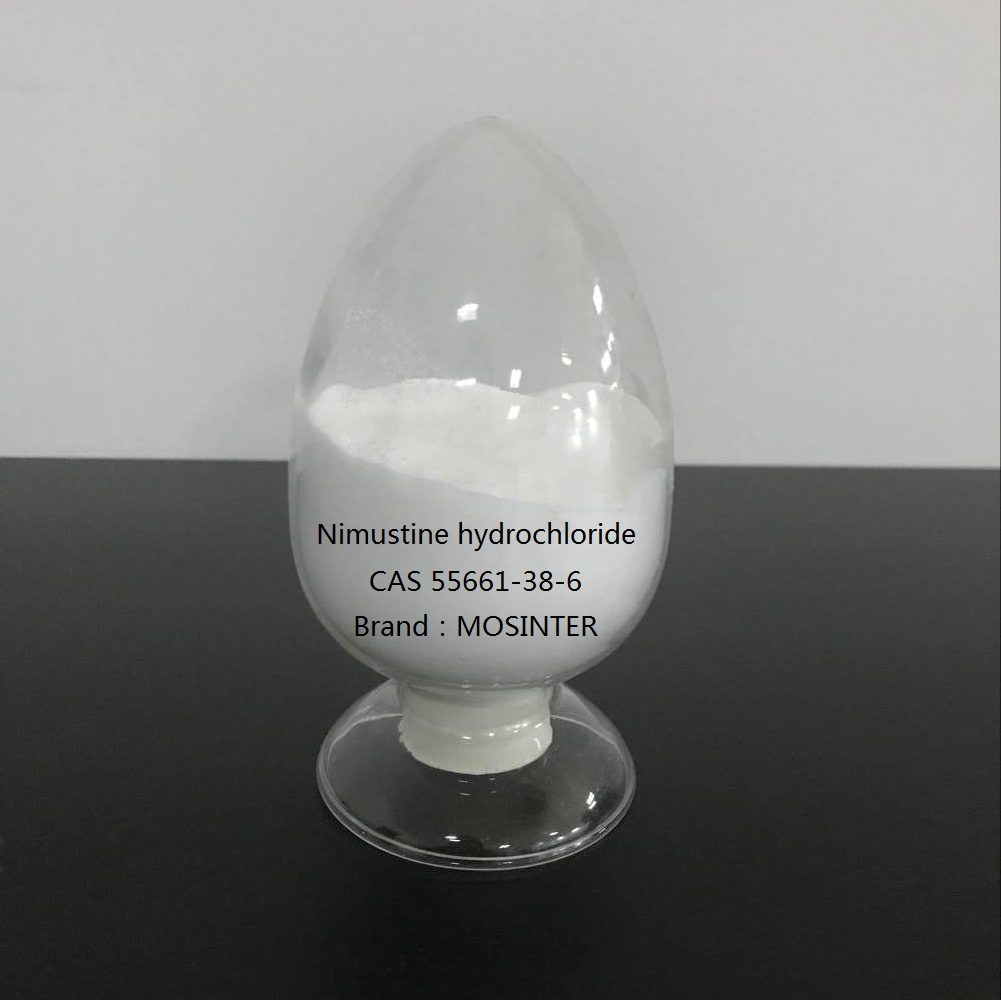
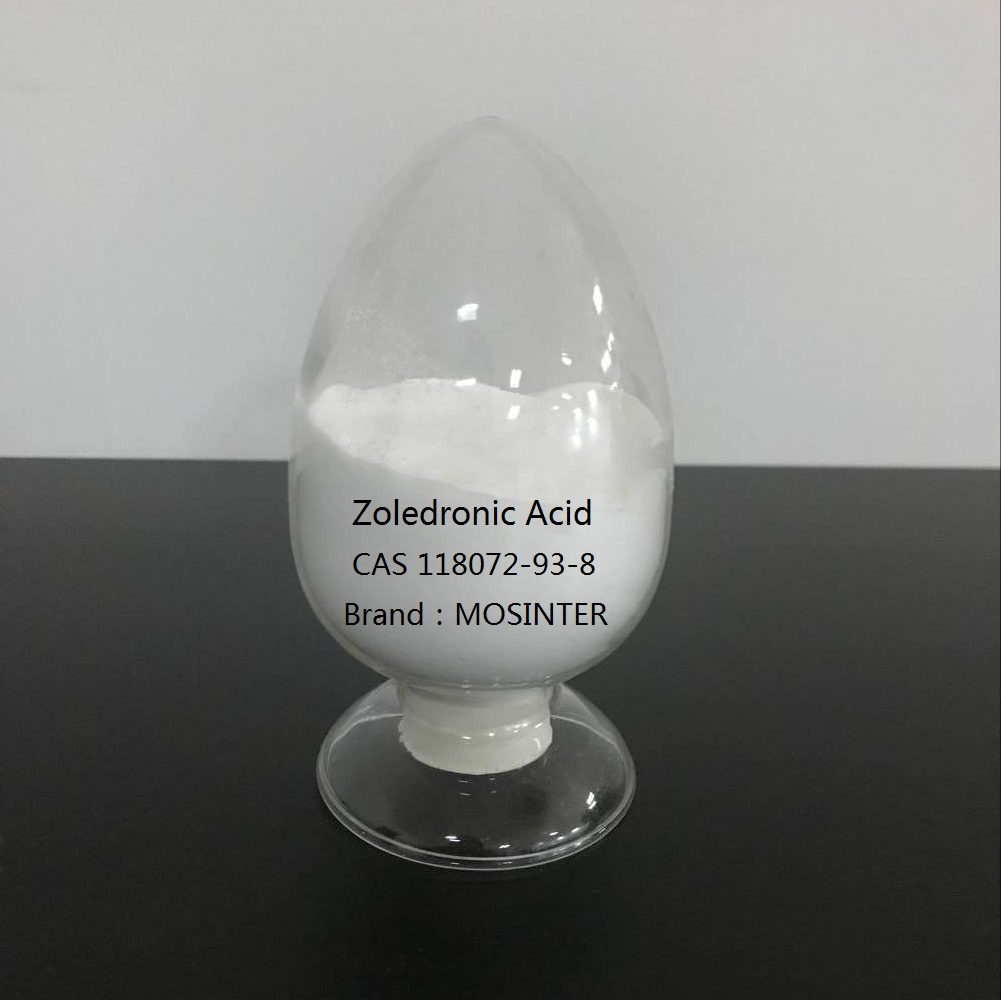
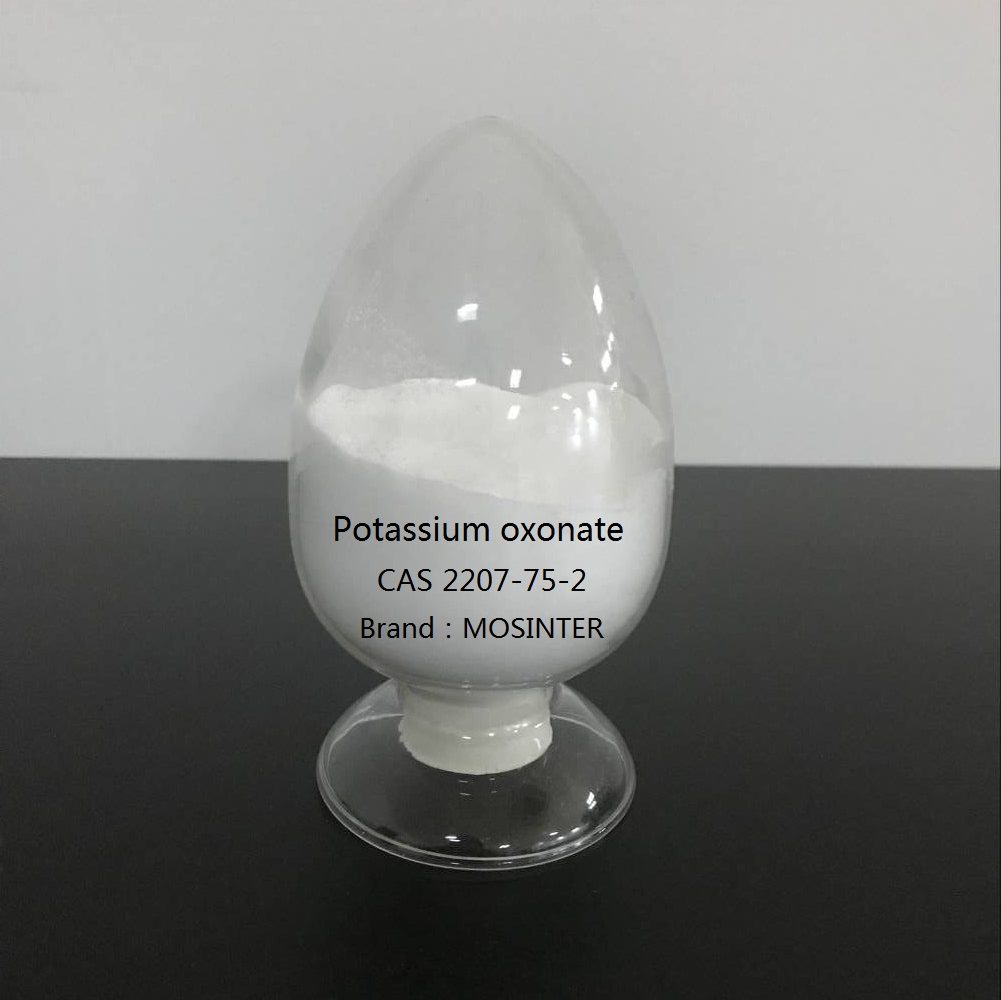
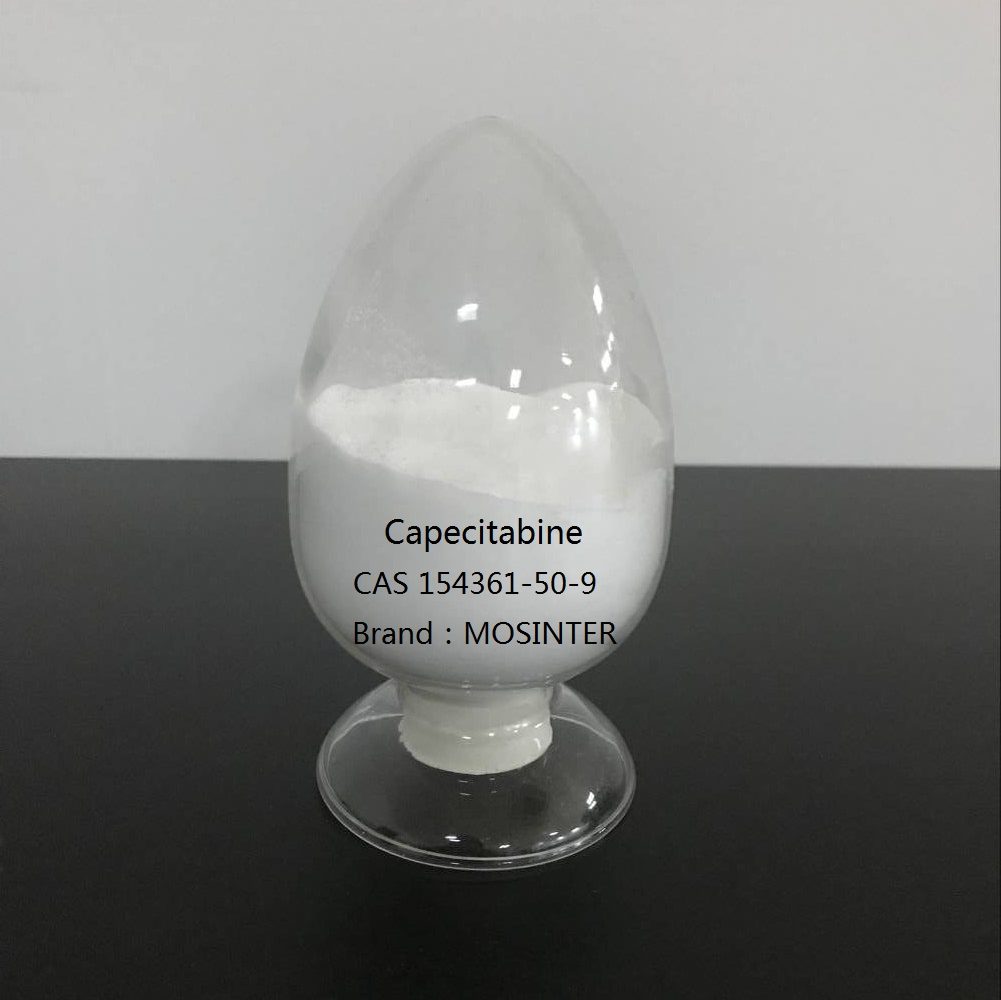
Reviews
There are no reviews yet.